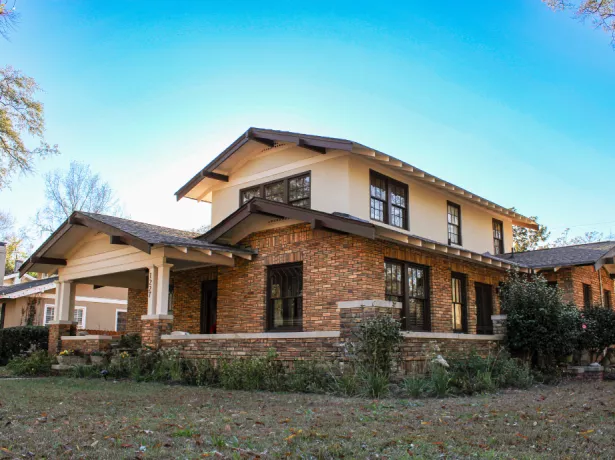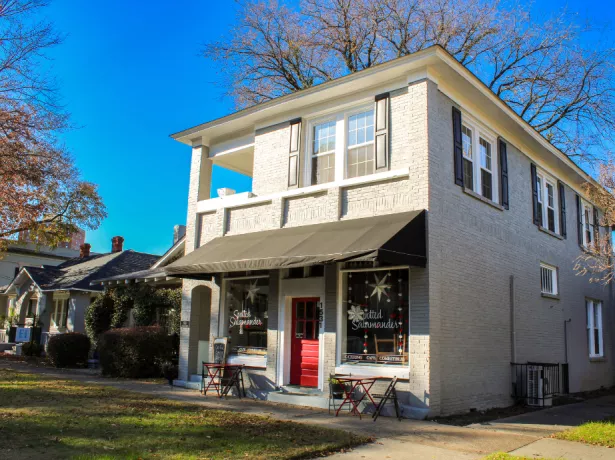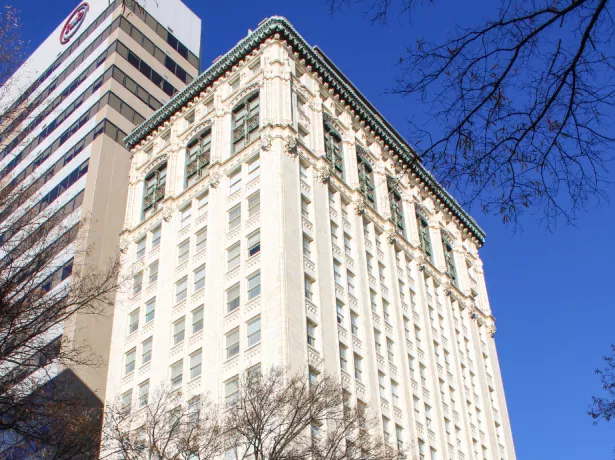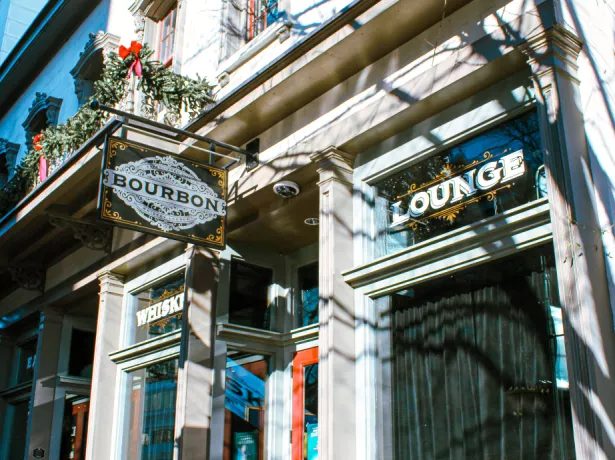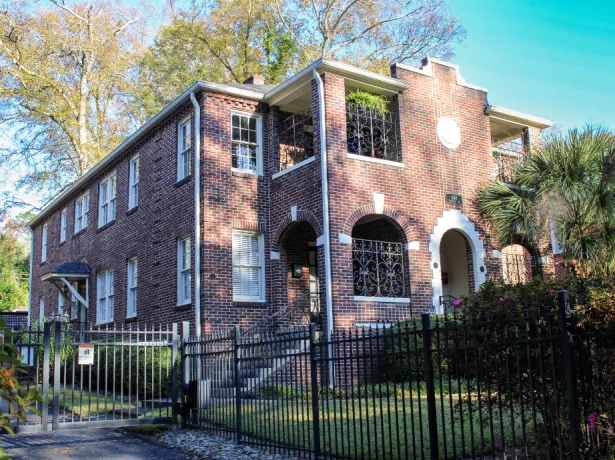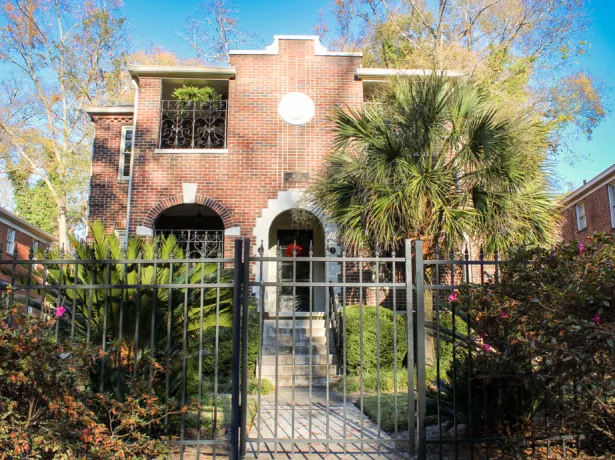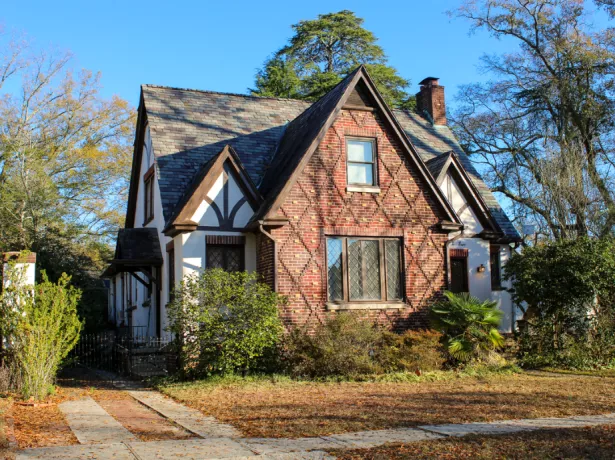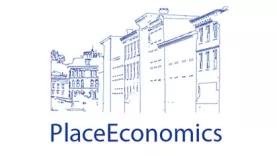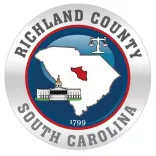Economic Impact Study
Economic Impact Report Released
Catalyst for Columbia
The Economic Impact of Historic Preservation in Columbia, SC
 About the Study
About the Study
In 2023, Historic Columbia commissioned PlaceEconomics to conduct a study on the impact of historic preservation on Columbia's economic health. The study's findings reinforce our long-held position on the importance of historic preservation for the city's economy and support our work advocating for policies that encourage preservation and the reuse of historic buildings. This report confirms that preserving Columbia’s architectural heritage is not simply an exercise in nostalgia, it is an informed, strategic investment in the future.
The first of its kind for the Midlands, this report details the collective impact historic preservation has on Columbia's economy in four main areas: Jobs, Investment, Tourism Revenues, and Property Value Growth.
Historic Districts Studied

Columbia is home to 15 local Historic Districts and more than 180 individual landmarks. For the purposes of this report, only Architectural Conservation Districts1 (including the Landmark District and Historic Commercial District) and Protection Areas2 were used in the analysis.
Only 3.6% of the land area in Columbia is covered by Architectural Conservation Districts or Protection Areas. In many cities, historic districts are criticized because they are believed to limit development and housing production. In Columbia, with the vast majority of the city’s land area undesignated, that criticism does not hold up.
---
1Architectural Conservation Districts (ACD) are geographic areas that collectively contain a number of buildings constructed in a similar architectural style or sharing a simple time period of construction and are worthy of protection due to their historic significance. Examples in Columbia: Elmwood Park, Cottontown, Melrose Heights, etc.
2Protection Areas (PA) contain some historic buildings and landmarks, but also a large number of non-historic and less significant buildings. Protection areas are a different form of historic preservation overlay. Unlike architectural conservation districts, protection areas are focused more on the general form and character of the district than specific details, given much of its historic materials have been replaced over the years; in protection areas, more emphasis is placed on the district as a whole rather than on individual structures. Examples in Columbia: Old Shandon, Waverly, Earlewood, etc.
Key Findings
-
Property Value Growth
Homes in Columbia’s local historic districts consistently outperformed houses in the rest of the Columbia market when considering value change over time.

-
Older Housing & Affordability
Columbia’s older neighborhoods are providing housing at lower costs, particularly to renter households.

Overall, renters in Columbia are significantly rent-burdened; over 50% of renters spend more than 30% of their household income on housing. However, rents in older neighborhoods are more affordable. Sixty-eight percent of rental units in neighborhoods with higher concentrations of older housing are accessible to households with incomes below 80% AMI.

-
Population and Density
Columbia’s historic districts have a high population density. This is achieved through a diversity of small-scale multi-family housing types, smaller housing units, and smaller lot sizes.

-
Bailey Bill (Tax Abatement) Impacts
The Bailey Bill is an important incentive that creates jobs, income, and tax returns for Columbia.

-
Heritage Tourism
Heritage tourists spend more, are more likely to stay overnight, and are more likely to spend more days in Columbia than non-heritage tourists.


Resources
-
Download the Report
